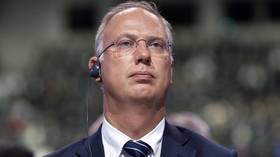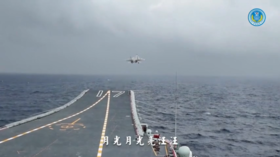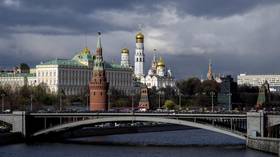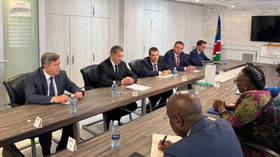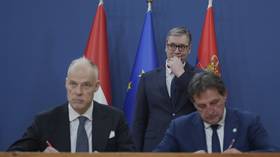China-USA: global rivalry
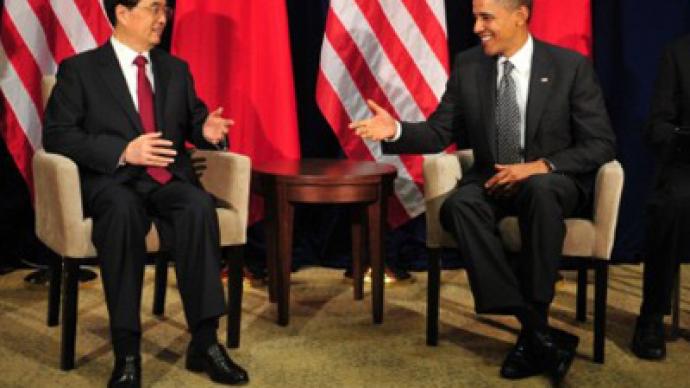
The APEC Forum in Hawaii is over. Russian political scientist Igor Panarin thinks that the forum saw the start of open rivalry between the two superpowers: China and the USA.
In the article below, Panarin explains his view. Two years ago, China and the USA entered the phase of conflict relations, which openly manifested in Honolulu. On November 24, 2009, the US Department of Commerce decided to impose an anti-subsidy duty of 10.3 to 15.78 per cent on Chinese-made pipes, explaining that China was allegedly subsidizing the production of such pipes. Thus, the decision affected export batches of Chinese-made pipes worth a total of $2.7 billion, making it the largest-ever trade sanction imposed by the USA on China. The decision was made right after the US President's return from his visit to China, during which the two states were supposed to make secret agreements regarding the G-2 arrangement (division of spheres of influence in the world and replacing the Washington Consensus with a Washington-Beijing one). Obviously, Obama had failed to make an agreement with the Chinese, a fact further attested by the Chinese prime minister's statement that China was quite worried about its investments in the USA. Early in 2010, the old arguments between China and the USA continued. The already customary mutual invectives regarding WTO rule violations and America's accusations against Beijing of non-observance of human rights were complemented by heated debates around online liberties after Google had announced it was about to leave China. The USA announced it was about to sell US$6.4 billion worth of armaments to Taiwan. In response, China suspended its exchange of scheduled visits with the American military, promised sanctions against weapon vendors, and reminded the USA about responsibility in case any weapons are sold to Taiwan. Thus, the Chinese-American contradictions have been gradually accumulating, and the last APEC summit clearly showed the growing conflict potential in the relations between the USA and China. First, in Honolulu, US President Barack Obama addressed the Chinese authorities with a pressing demand to stop stealing American intellectual property and to settle the yuan rate. Second, the USA is going to strengthen its positions in Asia and hold back China's onslaught by creating a free trade zone in the Pacific region. Fundamentals for the corresponding agreement have already been coordinated with eight countries, Obama said at the APEC summit. According to Obama, while the parties still have certain “details” to settle, he hopes that the talks are successful. The talks, which began in 2008, also include Australia, Brunei, Chile, Malaysia, New Zealand, Peru, Singapore, and Vietnam. Japan also announced its desire to join the new trade coalition. Obama gave no exact signing date for the agreement on the new free trade zone in the Pacific, noting however that it was planned for 2012. In response, Chinese leader Hu Jintao, in his speech at the Honolulu summit, confirmed his country's readiness for reforms and open markets, yet underlined the sovereignty of China as a rising superpower in the world economy. He was very restrained about the prospects of the US-initiated new free trade zone, pointing also at the importance of increasing the role of existing alliances such as the World Trade Organization (WTO). So the year 2012 will see the outcome of the first stage in global rivalry between two superpowers: the ailing one (the USA) and the rising one (China).
Professor Igor Panarin, Doctor of Political Sciences, for RT
The statements, views and opinions expressed in this article are those of the author and do not necessarily represent those of RT.



